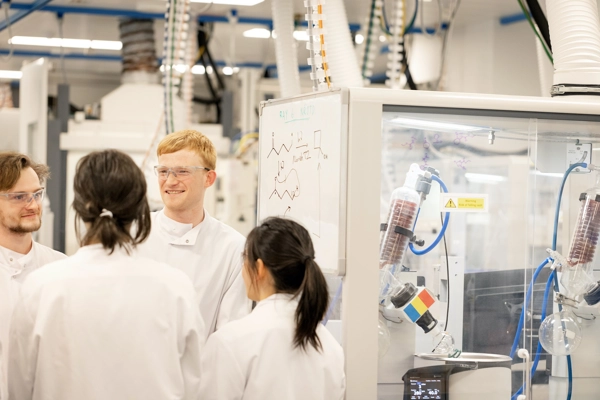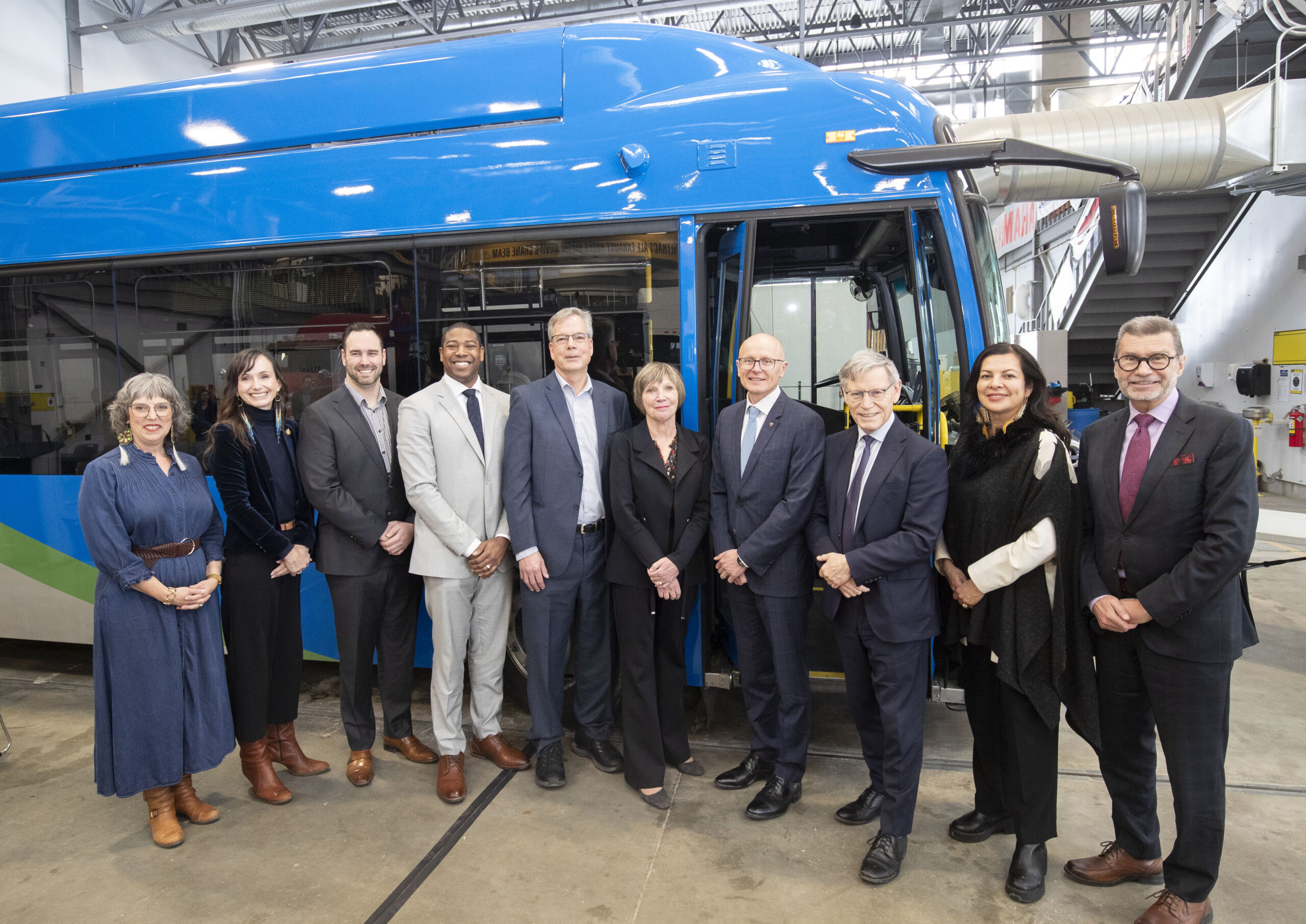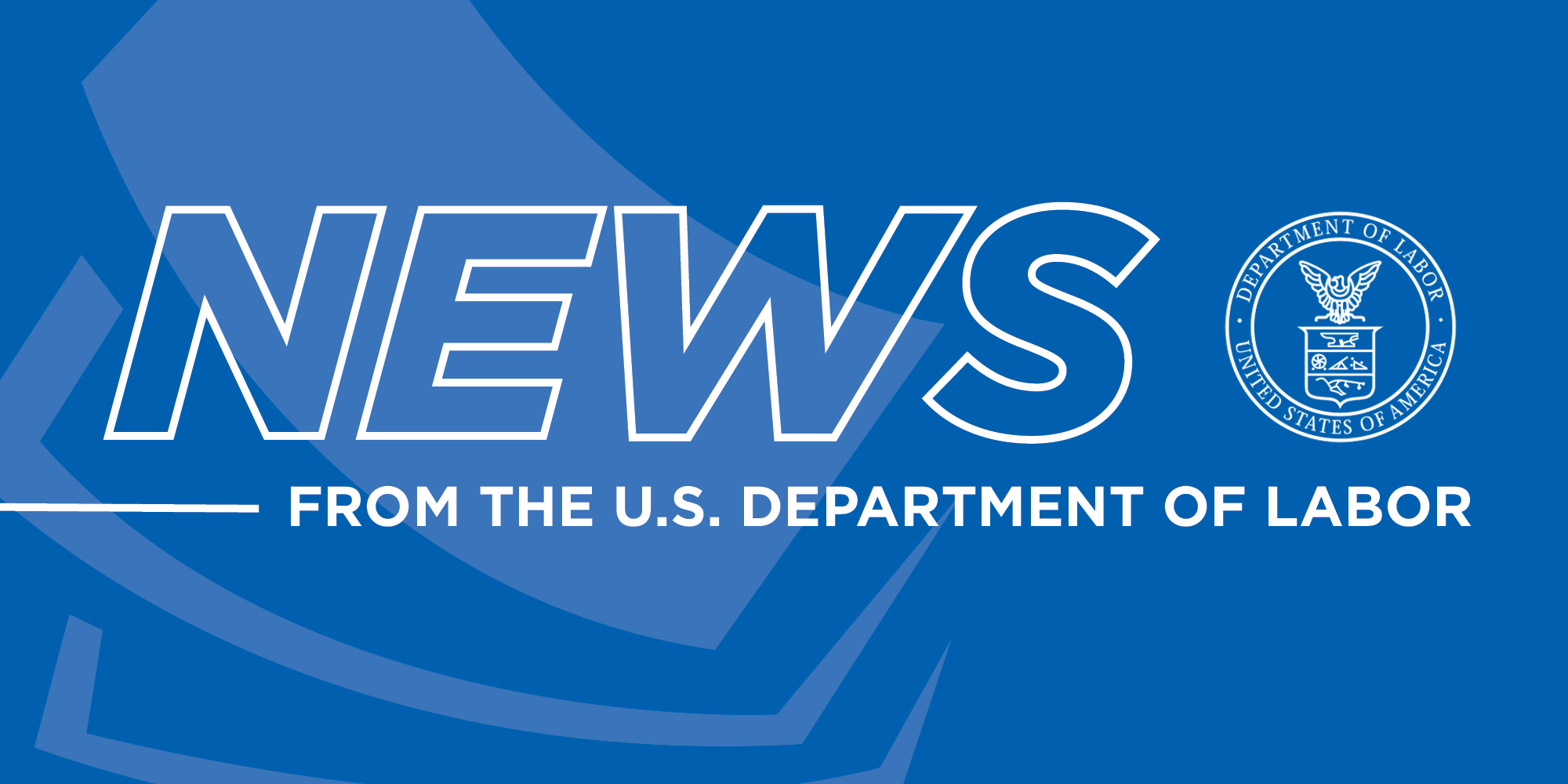Products and services incorporating artificial intelligence (AI) technologies have continued to rapidly develop in 2025, with competition and consumer implications for Australian consumers and businesses, an ACCC industry snapshot on AI has found.
“AI-enabled products and services are growing more and more important to consumers and businesses across Australia,” ACCC Chair Gina Cass-Gottlieb said.
“New developments have the potential to transform how Australians work, communicate, and engage with digital services. However, they also come with risks of potential harms to consumers and competition.”
“The continued rapid pace of developments in AI, and growing variety of AI applications, underscores the need for continued monitoring by regulators and governments,” Ms Cass-Gottlieb said.
The snapshot, which updates on recent trends and significant developments in generative AI since the March 2025 Final Report of the Digital Platform Services Inquiry, has reiterated the ACCC’s support for a monitoring function for emerging digital technologies under the Government’s proposed digital competition regime.
AI technologies and markets are developing rapidly, raising potential competition implications
The ACCC’s AI snapshot examined recent trends and developments in AI technology, noting several advances in foundation models and AI applications, including advancements in AI agents, since the ACCC’s March 2025 report.
“Our snapshot has outlined increasing interconnections between AI offerings and existing digital platform services, often supplied by tech giants, as AI technology matures,” Ms Cass-Gottlieb said.
“While these integrations can improve user experience, they may also have negative implications by raising barriers to entry or expansion, and consumers’ ability and willingness to switch service providers.”
The ACCC’s snapshot also reviews the developments in agentic AI, including AI agents.
“Use of agentic AI has the potential to impact how users deal with businesses online, or use digital platform services such as searching the internet,” Ms Cass-Gottlieb said.
“Their use may also give rise to new risks, such as the possibility of AI agents colluding, even where this is not expressly intended or programmed by human creators.”
The ACCC’s snapshot also explores the significant activity in terms of investments, acquisitions and partnerships in the AI sector globally and in Australia.
“Major digital platforms and AI firms are making substantial investments at all levels of the AI supply chain to support the development of more advanced AI models and to meet future demand,” Ms Cass-Gottlieb said.
“These include direct investment in AI infrastructure, partnerships between key firms, and competition to attract a limited pool of technical expertise including through ‘acquihires’. The ACCC will continue to closely monitor deals and conduct in Australia.”
Increasing consumer and business uptake of AI may amplify risks of consumer harms
The AI snapshot identified several emerging risks to consumers related to increasing use of AI services.
Potential consumer issues include the widespread use and collection of consumers’ data, use of AI to facilitate false representations or generate large volumes of fake reviews and facilitate and enhance online scams.
“The integration of AI into various digital products and services is already delivering benefits to Australian consumers, including by enabling new app functionalities and simplifying some tasks,” Ms Cass-Gottlieb said.
“However, AI also has the potential to amplify existing consumer risks relating to how businesses communicate with consumers, whether consumers are well-informed about businesses’ use of their data, and risks posed by scammers.”
For example, research commissioned by the ACCC for its March 2025 Final Report of the Digital Platform Services Inquiry indicates 83 per cent of surveyed Australian consumers believe companies should get consent before using personal data to train AI models.
However, the ACCC’s snapshot reveals that vast amounts of consumer data is currently already collected and used to train AI models, often without consumers’ knowledge or informed consent. This is in part because of the length, complexity and ambiguity of online terms of service and privacy policies.
“We are already seeing instances where generative AI is being used to facilitate false representations about the performance or characteristics of a product or service, ” Ms Cass-Gottlieb said.
“Ghost websites, which misrepresent themselves as local businesses, often use generative AI images to build a sense of credibility.”
“Online product listings may use generative AI to make products appear more sophisticated, or of a higher quality, than they actually are,” Ms Cass-Gottlieb said.
“AI may also be used to generate and disseminate large volumes of fake reviews. These reviews may be seen as more credible and persuasive by consumers, and be increasingly more difficult to detect.”
“Similarly, AI is increasingly being used by scammers to facilitate and enhance online scam activity, often making online scams appear more credible, and harder for victims to identify,” Ms Cass-Gottlieb said.
Emerging AI technologies need continued scrutiny from governments and regulators
“The pace of continued changes since the ACCC provided the Australian Government with the Final Report of the Digital Platform Services Inquiry in March this year underscores the importance of regulators and governments continuing to monitor changing digital technologies,” Ms Cass-Gottlieb said.
The ACCC continues to strongly support the Government’s commitment to implement a new digital competition regime in response to the ACCC’s Digital Platforms Services Inquiry recommendations.
Background:
The ACCC’s Digital Markets Branch conducted a five-year inquiry into markets for the supply of digital platform services in Australia and their impacts on competition and consumers, following a direction from the Treasurer in 2020.
In the fifth DPSI interim report on regulatory reform, the ACCC made a range of recommendations to bolster competition in the digital economy, level the playing field between big tech companies and Australian businesses, and reduce prices for consumers. The recommendations include new service-specific mandatory codes of conduct for particular ‘designated digital platforms,’ based on principles set out in legislation.
In December 2023, the Government accepted the ACCC’s findings that existing competition provisions by themselves are not sufficient to address current or potential future competition harms and supported-in-principle the development of a new digital competition regime. In December 2024, the Government began consultation on the implementation of a new digital competition regime in Australia.
The March 2025 Final Report of the Digital Platform Services Inquiry reiterated the ACCC’s support for a new digital competition regime, and also made two new recommendations to Government, that:
- the ACCC should continue to have a monitoring function for emerging digital technologies under the proposed digital competition regime, and
- that the Australian Government should prioritise a whole-of-government approach to digital platform regulation and endorse the Digital Platform Regulators Forum (DP-REG) as a permanent forum with adequate resources to undertake information-sharing and collaboration between Australian digital platform regulators.
Notes to editors
‘Acquihires’ refer to acquisitions, partnerships or other arrangements between firms where the primary goal is acquiring access to employees’ talent and expertise.
‘AI agents’ are software systems that can autonomously perform tasks with minimal input from human users.
‘Artificial intelligence (AI)’ refer to the ability of computer software to perform tasks that are complex enough to simulate a level of capability or understanding usually associated with human intelligence.
‘Foundation models’ are general purpose AI models which are trained on large datasets, and allow developers to build AI applications.
‘Generative AI’ refer to a specific type of artificial intelligence that uses algorithms trained to learn the patterns and structure of their training data, and generate new content in response to prompts.




